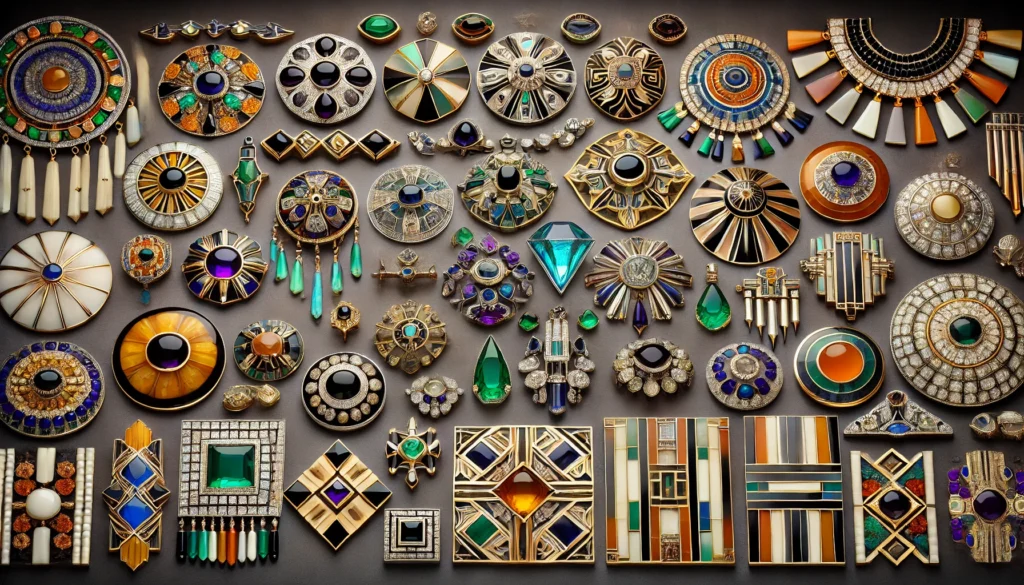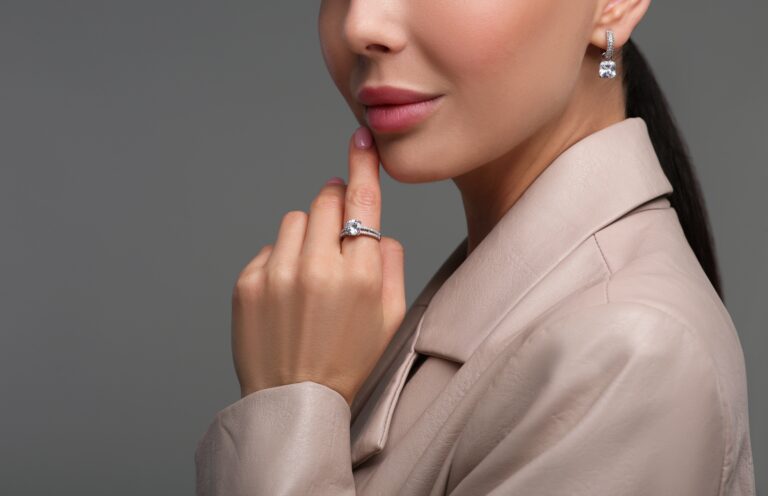
The Art Deco movement, which flourished between the 1920s and 1930s, is celebrated for its distinctive aesthetic that encapsulates the spirit of modernity, elegance, and luxury. This period marked a significant departure from the preceding Art Nouveau style, characterized by its intricate, flowing lines and natural forms. Instead, Art Deco embraced geometric shapes, bold colors, and a fusion of traditional craftsmanship with avant-garde materials. This transformation was vividly reflected in the jewelry of the era, which remains iconic and influential to this day.
The Art Deco movement emerged as a response to the rapid industrialization and technological advancements of the early 20th century. The aftermath of World War I saw a society eager to break free from the past and embrace a future brimming with possibilities. This zeitgeist was mirrored in all forms of art, including architecture, fashion, and jewelry. The Exposition Internationale des Arts Décoratifs et Industriels Modernes held in Paris in 1925 was a pivotal moment, showcasing the new aesthetic and cementing the term “Art Deco” in the cultural lexicon.
One of the most defining features of Art Deco jewelry is its reliance on geometric shapes. Circles, squares, rectangles, and triangles were meticulously arranged to create symmetrical and streamlined designs. This geometric rigor was a stark contrast to the fluidity of Art Nouveau, symbolizing a break from the old to the new.
Art Deco jewelry often incorporated vivid, contrasting colors. This was achieved through the use of gemstones like sapphires, emeralds, rubies, and onyx, set alongside diamonds to create striking visual effects. Enamel work also became popular, adding vibrant hues and intricate patterns to pieces.
The 1920s and 1930s were a period of increased global exploration and fascination with the exotic. This curiosity found its way into Art Deco jewelry, which frequently featured motifs inspired by Egyptian, African, and Asian art. The discovery of Tutankhamun’s tomb in 1922, for example, ignited an “Egyptian Revival” within the Art Deco movement, influencing designs with stylized lotus flowers, scarabs, and pharaohs.
Use of Unconventional Materials: While precious metals and gemstones remained staples, Art Deco designers were not afraid to experiment with new and unconventional materials. Bakelite, a type of early plastic, as well as lacquer, ivory, and even aluminum, were incorporated into jewelry designs. This willingness to innovate reflected the era’s embrace of modernity and industrial progress.
Several renowned jewelry houses and designers left an indelible mark on the Art Deco era. Cartier, for instance, became synonymous with the period’s luxury and elegance, producing intricate pieces that epitomized the movement’s aesthetic. The house’s “Tutti Frutti” collection, featuring an explosion of colorful gemstones carved into exotic floral and fruit motifs, remains a quintessential example of Art Deco exuberance.
Boucheron, another prominent name, embraced the geometric rigor and exotic influences of the time. Their use of rock crystal, often paired with diamonds and platinum, created pieces that were both modern and timeless. Meanwhile, designers like Jean Fouquet and Raymond Templier pushed the boundaries further, creating avant-garde pieces that blurred the lines between jewelry and sculpture.
The legacy of Art Deco jewelry extends far beyond its original era. Its timeless elegance and modernist principles continue to inspire contemporary designers. The geometric patterns, bold colors, and innovative use of materials seen in today’s jewelry collections often echo the spirit of the Art Deco movement. Furthermore, vintage Art Deco pieces remain highly sought after by collectors and enthusiasts, a testament to their enduring appeal and craftsmanship.




